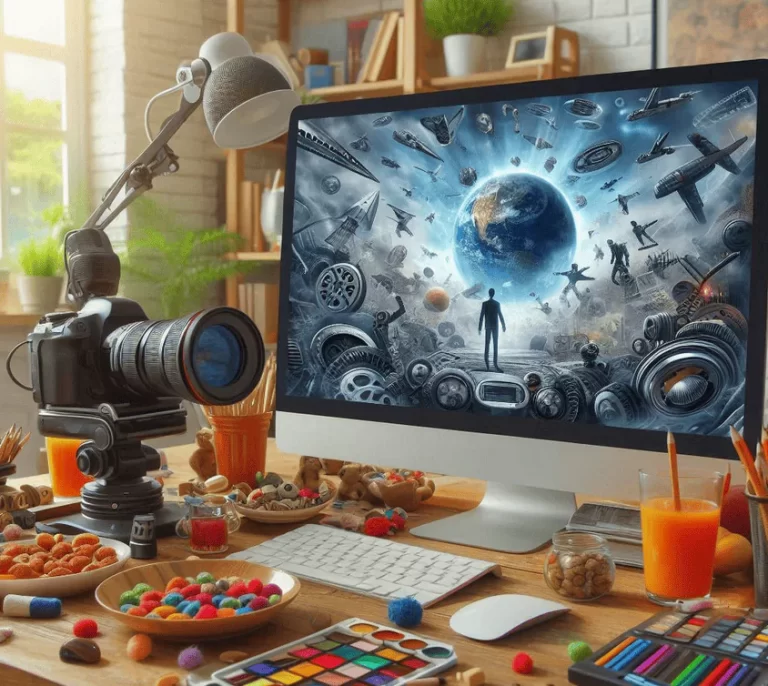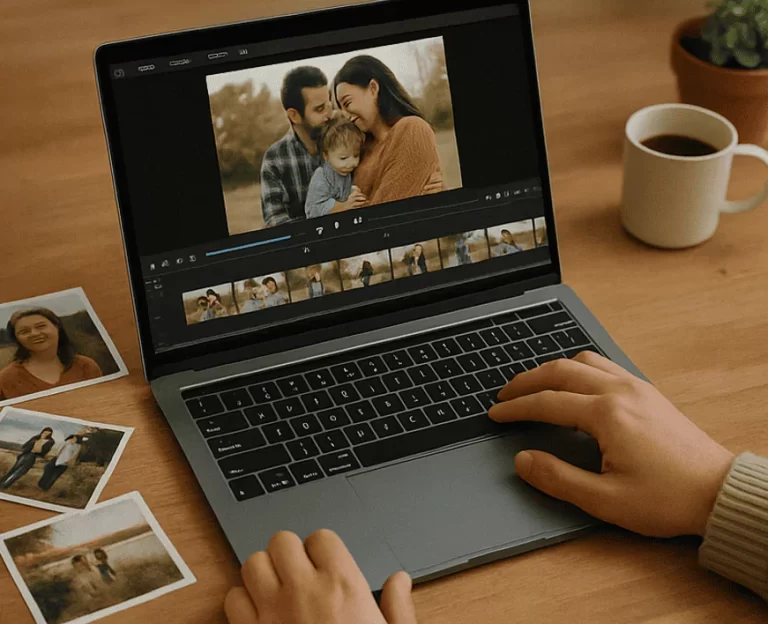
Photo editing In the ever-evolving world of visual storytelling, photo editing has become an indispensable skill. It bridges the gap between the moment captured by the lens and the emotional resonance intended by the photographer. A perfectly edited photograph not only draws attention but also conveys a story that words alone cannot tell. Whether you’re crafting images for personal projects, professional portfolios, or social media campaigns, having the ultimate toolkit and a repertoire of essential techniques can significantly elevate your creative output.
Why Photo Editing Matters Photo editing
Photography, at its core, captures reality, but photo editing allows you to reimagine and reinterpret it. Imperfections in lighting, composition, or even timing can be transformed into strengths through meticulous adjustments. Beyond correction, editing serves as an avenue for creativity, enabling you to add a signature touch to your work. With advanced tools and techniques, you can transcend the limits of the camera and craft images that resonate with your audience.
The democratization of technology has put professional-grade tools within reach for everyone, from amateurs to seasoned professionals. Yet, understanding how to use these tools effectively is key. The art of photo editing lies not in over-editing but in enhancing natural beauty while adding an artistic flair.
Must-Have Tools for Professional Photo Editing
Choosing the right software and hardware is the foundation of successful photo editing. Here’s a breakdown of essential tools for every photographer’s arsenal:
1. Editing Software
The choice of software significantly influences the results of your edits. Here are some industry-leading options:
- Adobe Photoshop: Often dubbed the king of photo editing, Photoshop offers unparalleled control and versatility. Its layer-based approach enables non-destructive editing, while its extensive toolset supports everything from basic corrections to complex manipulations.
- Adobe Lightroom: Perfect for photographers focused on batch processing and color grading. Lightroom’s intuitive interface and powerful presets make it a favorite for quick yet effective edits.
- Capture One: A preferred choice for professional photographers, this software excels in color management and tethered shooting, providing exceptional image quality.
- Affinity Photo: A cost-effective alternative to Photoshop, Affinity Photo boasts powerful features like frequency separation and advanced retouching.
- Luminar Neo: Known for its AI-powered tools, Luminar Neo simplifies complex tasks such as sky replacement and portrait enhancement.
2. Hardware
Efficient photo editing requires more than just software. Investing in quality hardware ensures smoother workflows and better results.
- High-Resolution Monitor: Accurate color representation is essential in editing. Consider monitors with IPS panels and high color gamut coverage like the BenQ PD3220U or the Eizo ColorEdge series.
- Graphics Tablet: Precision tools like the Wacom Intuos Pro offer enhanced control, especially for tasks like retouching or creating detailed masks.
- Calibrators: Devices like the X-Rite i1Display Pro help maintain consistent color accuracy across different screens.
Mastering the Fundamentals of Photo Editing
Before diving into advanced techniques, mastering the basics is essential. These foundational skills form the bedrock of any editing workflow:
1. Cropping and Composition
Sometimes, the magic of a photo lies in its framing. Cropping allows you to refine the composition, eliminate distractions, and adhere to the rule of thirds or other compositional guidelines. Remember, less is often more—use cropping judiciously to draw focus to the subject.
2. Color Correction
Colors breathe life into an image. Adjusting white balance, hue, saturation, and vibrance ensures that the tones align with the intended mood. For example, warming up the temperature can evoke nostalgia, while cooler tones create a sense of calm.
3. Exposure Adjustments
Proper exposure is crucial in photo editing. Brightening underexposed areas or toning down highlights can restore balance and reveal hidden details. Utilize histogram tools to achieve a well-exposed image.
4. Sharpening
Enhancing details through sharpening adds crispness and clarity to an image. Be cautious, however, as over-sharpening can introduce noise and artifacts.
5. Noise Reduction
In low-light conditions, noise is almost inevitable. High ISO settings often result in grainy images, but noise reduction tools can mitigate this without sacrificing too much detail.
Advanced Techniques for Professional-Grade Results
Once you’ve mastered the basics, it’s time to explore advanced photo editing techniques. These methods allow you to push creative boundaries while ensuring technical excellence.
1. Dodge and Burn
This technique, borrowed from traditional darkroom photography, is pivotal for creating depth. Dodging (lightening) and burning (darkening) specific areas can guide the viewer’s eye and add dimension to flat images.
2. Frequency Separation
For portrait photographers, frequency separation is a game-changer. It separates an image’s texture from its color, enabling you to smooth skin without affecting underlying details.
3. Color Grading
Popular in cinematic photography, color grading involves manipulating tones to establish a specific mood or aesthetic. Experiment with split toning, where shadows and highlights are treated separately for dramatic effects.
4. HDR Editing
High Dynamic Range (HDR) editing merges multiple exposures to retain details in both shadows and highlights. It’s particularly effective in landscapes with challenging lighting conditions.
5. Retouching
Retouching is not just about eliminating blemishes; it’s about enhancing natural beauty. Tools like spot healing, clone stamping, and liquify can correct imperfections while preserving authenticity.
The Role of AI in Modern Photo Editing
Artificial intelligence has revolutionized photo editing, offering tools that simplify complex tasks and expand creative possibilities. AI-powered features such as automated object removal, sky replacement, and skin smoothing save time without compromising quality.
Luminar Neo, for instance, leverages AI to identify and enhance specific elements of a photo, such as foliage or skies. Photoshop’s Content-Aware Fill is another example, enabling seamless removal of unwanted objects with minimal effort.
However, while AI tools are undeniably powerful, it’s essential to use them judiciously. Over-reliance can lead to overly processed images that lose their natural appeal. Aim to blend AI-assisted edits with manual adjustments for a harmonious balance.
Common Pitfalls to Avoid in Photo Editing
Even experienced editors can fall into traps that detract from their work. Awareness of these pitfalls can help you navigate the challenges of photo editing:
- Over-Editing: Overuse of filters, excessive saturation, or heavy-handed retouching can make images look artificial.
- Ignoring Color Accuracy: Editing on an uncalibrated monitor may result in inconsistent colors across different devices.
- Neglecting Non-Destructive Techniques: Always work with layers or RAW files to preserve the original image and allow for future adjustments.
Developing a Signature Style
A distinct editing style sets your work apart. While it’s tempting to emulate popular trends, authenticity is key. Experiment with different techniques, but let your personal vision guide your edits. Over time, this will evolve into a recognizable aesthetic that becomes your hallmark.
Staying Ahead in the World of Photo Editing
The field of photo editing is dynamic, with new tools and trends emerging constantly. Stay informed by following industry blogs, participating in online forums, and experimenting with the latest software updates. Continuous learning ensures that your skills remain sharp and relevant in a competitive landscape.
By combining the right tools, mastering essential techniques, and fostering a creative mindset, you can transform your photo editing skills into an art form. Each image becomes an opportunity to captivate, inspire, and tell a story—one meticulously edited frame at a time.



